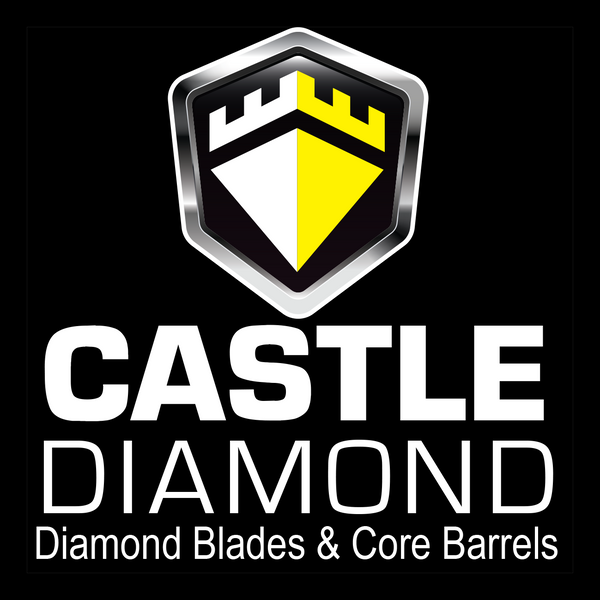Introduction
When it comes to concrete cutting, choosing between wet cutting and dry cutting can make the difference between a smooth, efficient job and unnecessary wear on your tools. At Castle Tools SA, we’ve been helping South African contractors, builders, and DIY users make the right choice since 1996. Understanding the pros and cons of each method ensures not only better results but also longer-lasting diamond blades and safer working conditions.
What is Wet Cutting?
Wet cutting involves using water to cool the blade and suppress dust during operation. This method is widely used on large-scale construction projects where precision, safety, and extended tool life are critical.
Advantages of Wet Cutting:
-
Reduces Dust – Minimises harmful silica dust exposure, keeping your site safer.
-
Keeps Blades Cool – Prevents overheating, extending the life of your diamond blade.
-
Cleaner Cuts – Delivers smoother, more precise finishes.
-
Ideal for Heavy-Duty Jobs – Perfect for reinforced concrete, asphalt, and stone.
Best Applications:
-
Floor saws
-
Wall saws
-
Core drilling with water supply
-
Outdoor construction sites with proper drainage
What is Dry Cutting?
Dry cutting is performed without water, typically using segmented diamond blades designed to handle higher temperatures. This method is convenient, especially when water supply is limited or when working indoors.
Advantages of Dry Cutting:
-
Portable and Convenient – No need for water tanks, hoses, or drainage.
-
Faster Setup – Ideal for smaller, quick cutting jobs.
-
Versatile – Great for handheld grinders and cutting on the go.
Best Applications:
-
Handheld grinders and cutting machines
-
Small repairs, crack chasing, and joint widening
-
Indoor or hard-to-reach spaces where water isn’t practical
Wet vs Dry: Safety Considerations
Both methods require proper safety precautions:
-
Wet Cutting: Watch out for water pooling and electrical hazards. Always use waterproof extension leads and GFCI protection.
-
Dry Cutting: Always wear a dust mask or respirator to protect against airborne silica dust, and cut in well-ventilated areas.
Which Method Should You Choose?
The right cutting method depends on the material, job size, and environment:
-
For large, heavy-duty jobs → Wet cutting is safer, cleaner, and better for your blade’s lifespan.
-
For smaller, quick cuts or indoor work → Dry cutting offers convenience and flexibility.
At Castle Tools SA, we stock a wide range of wet and dry cutting diamond blades designed for South African concrete conditions. Whether you’re cutting bricks, asphalt, tiles, or reinforced concrete, we’ve got the right blade for your job.
Conclusion
Both wet and dry cutting have their place in the construction industry. By choosing the right method and pairing it with a premium diamond blade, you’ll save time, money, and effort on every project.
👉 Shop our range of diamond blades today or contact the Castle Tools SA team for expert advice on the best cutting method for your project.

